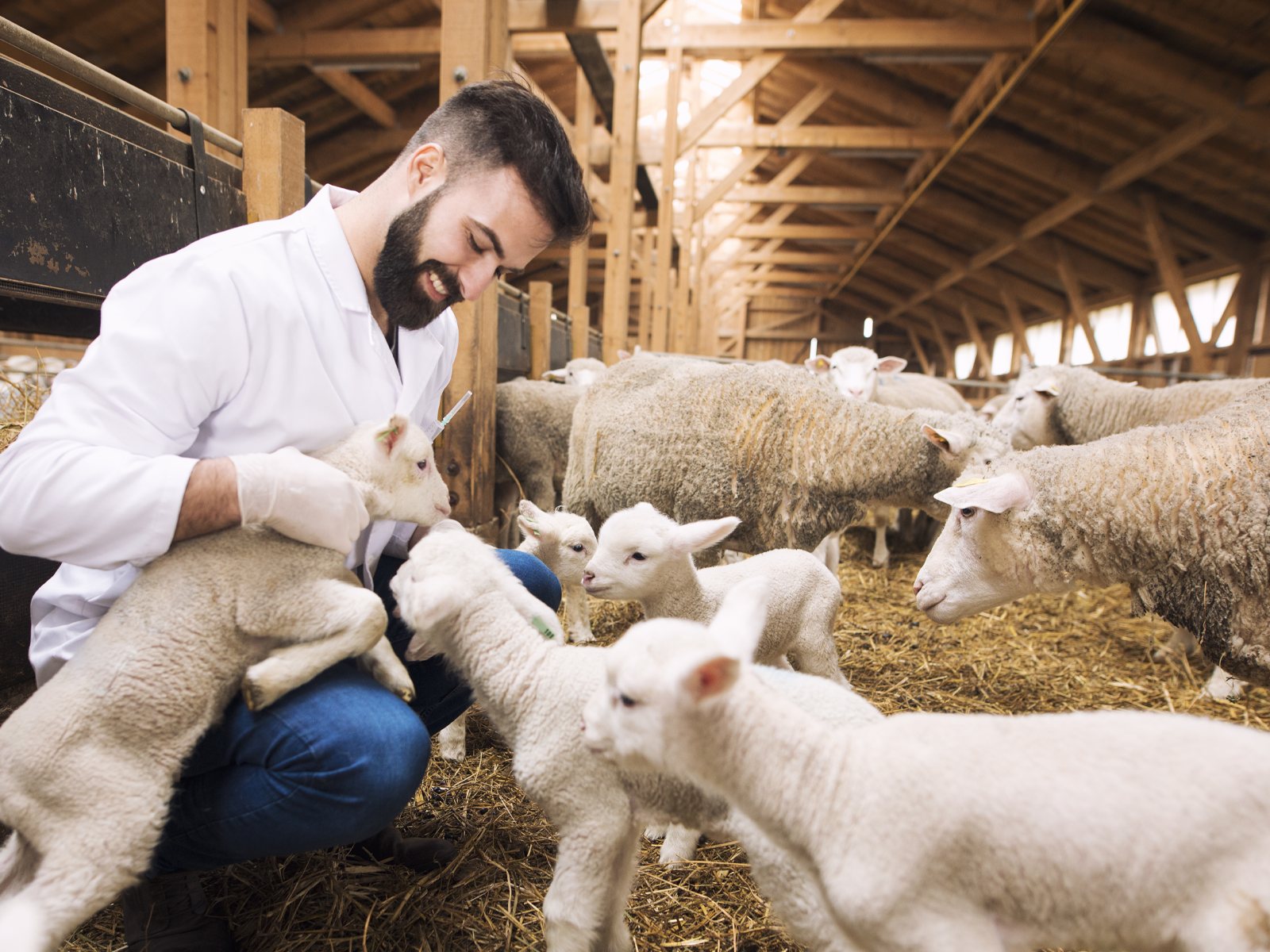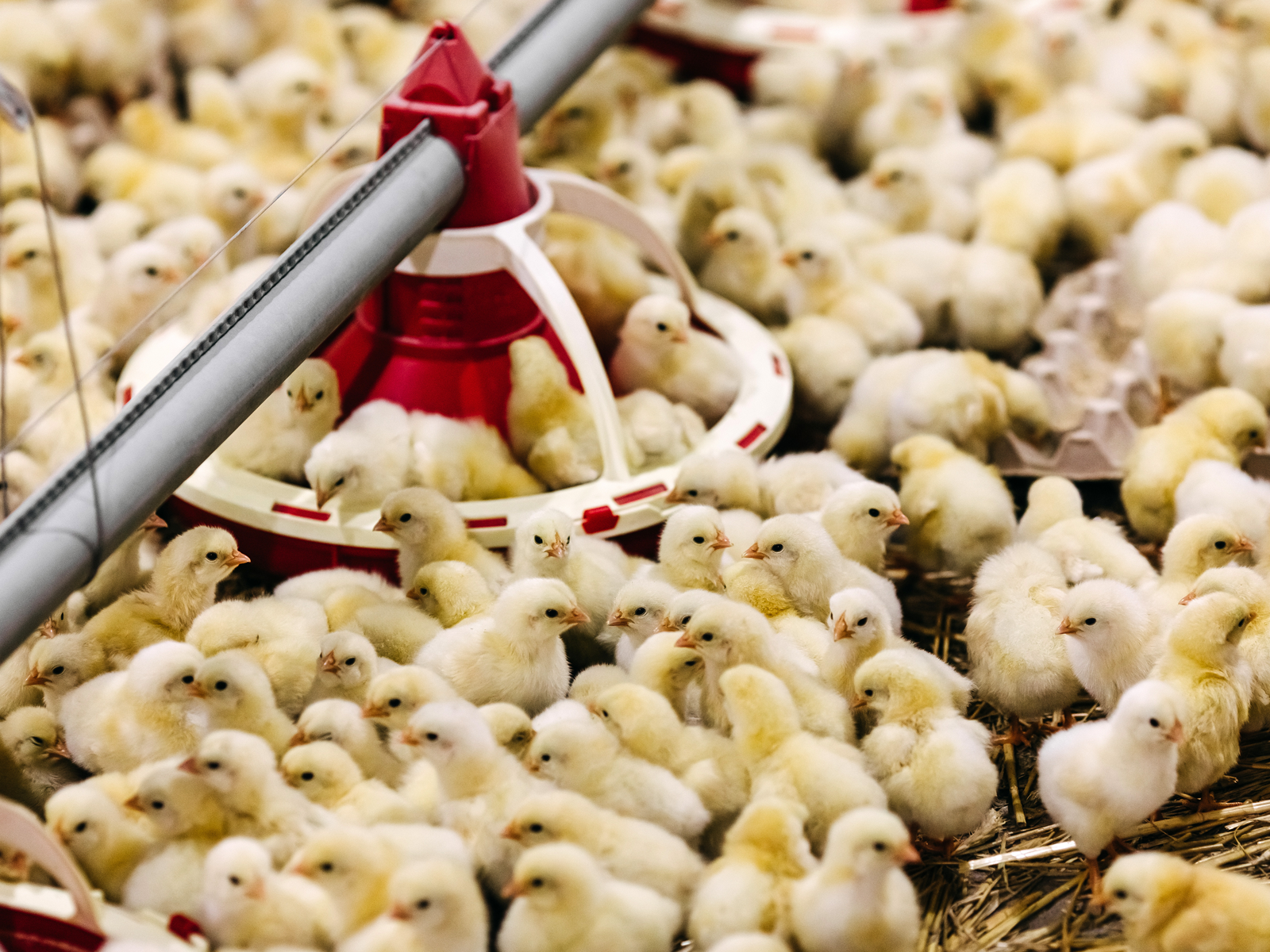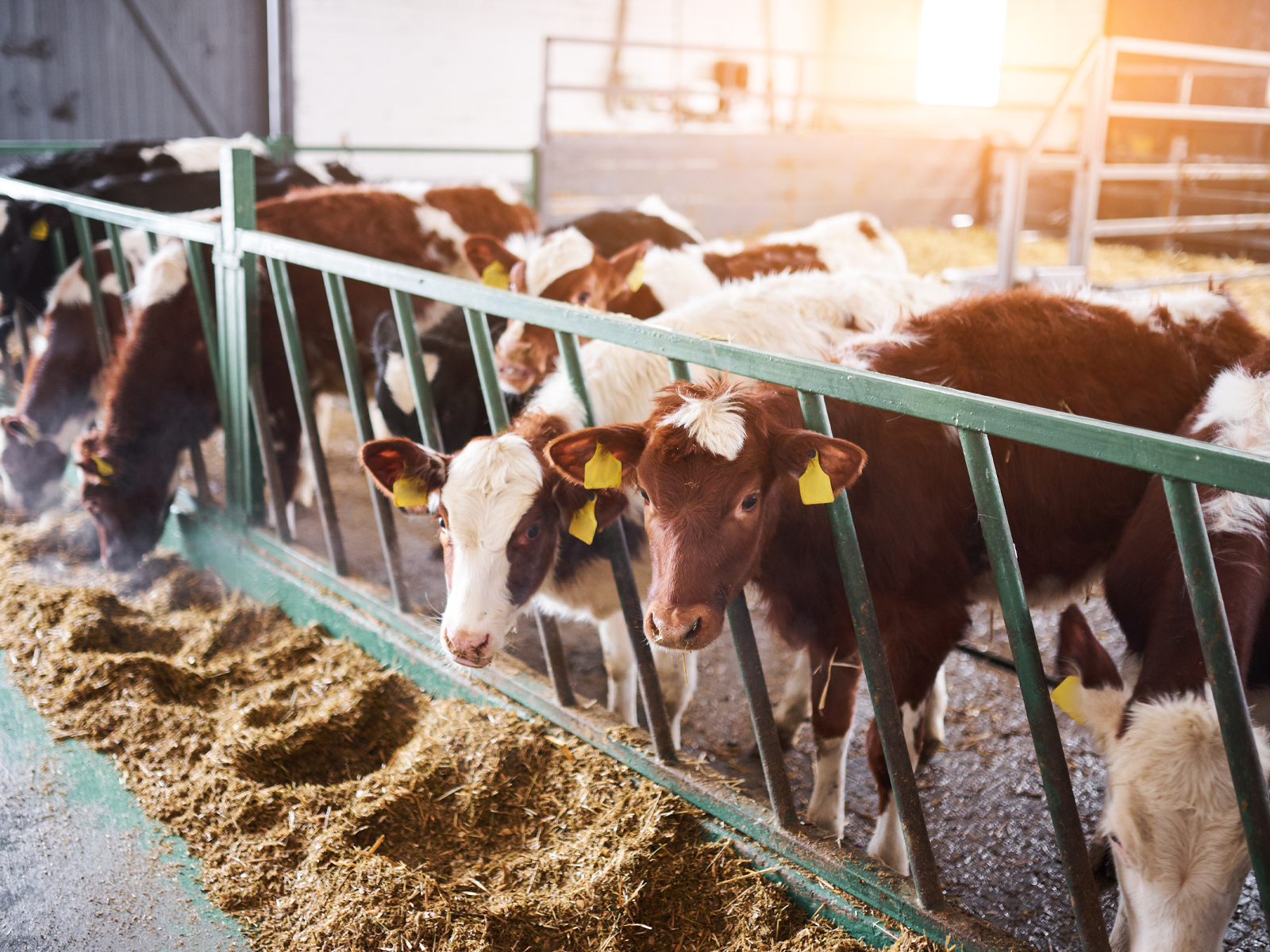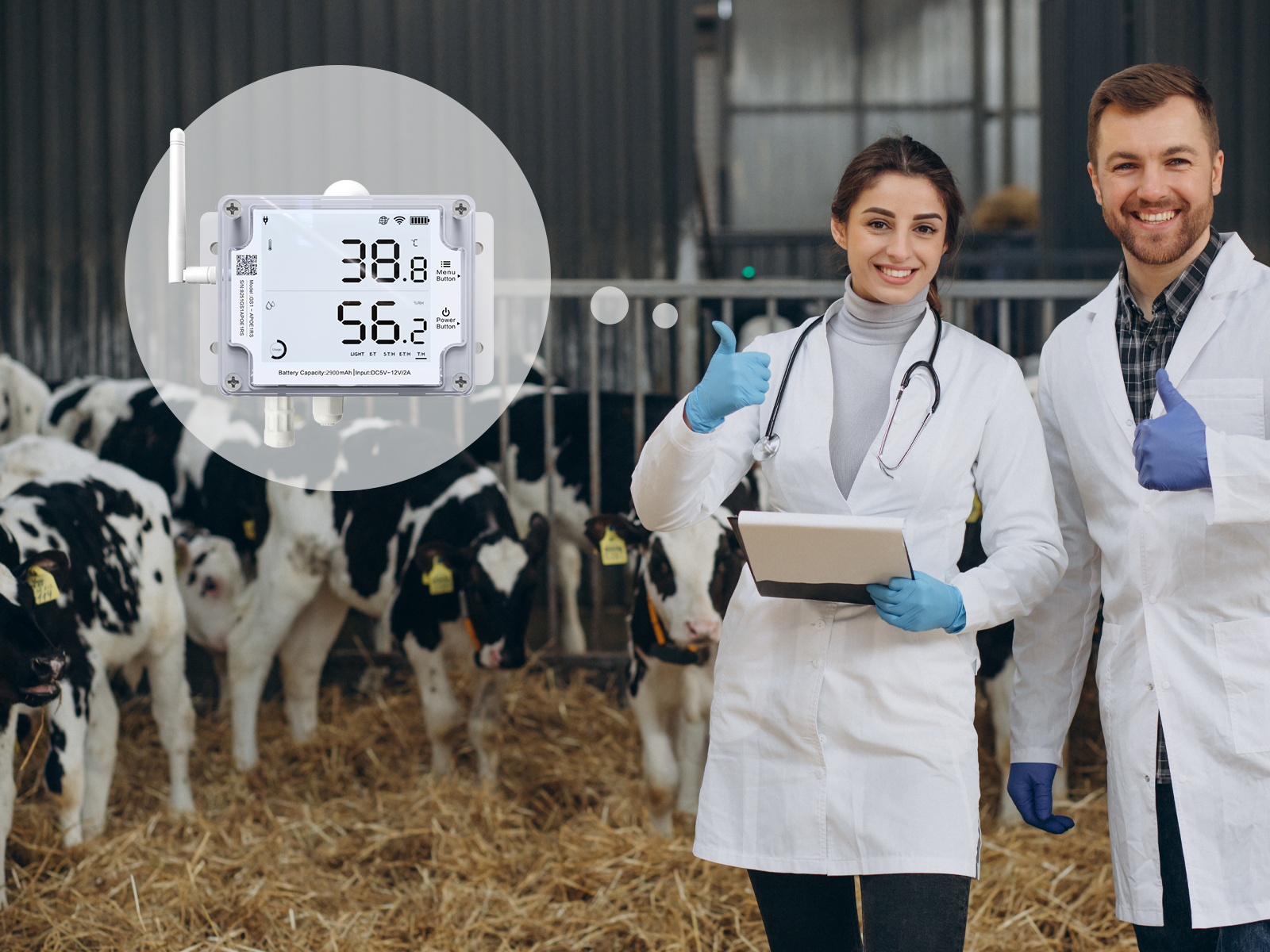-
Account Management
-
Common Questions
-
On-Premises Platform
-
WS1
-
WS1 Pro
-
GS1
-
External Probes
-
App Operation
-
Web Console
-
Downloads
UbiBot ® WS1 User Guide
UbiBot ® WS1 Pro User Guide
UbiBot ® GS1 User Guide
UbiBot ® GS2 User Guide
UbiBot ® MS1 User Guide
UbiBot ® SP1 User Guide
UbiBot ® LD1 User Guide
UbiBot ® AQS1 User Guide
UbiBot ® NR1 User Guide
Accessory Specifications
UbiBot ® Logo Files
Console Operation
APP User Guide
PC Tools
-
Instruction Video
-
-
-
News
-
Changelog
-
Platform API
-
Read First
-
Channel Management
-
Channel Feeds Management
-
Channel Commands
-
API-Key Management
-
Device API
-
Certification and Compliance
Importance of Intelligent Livestock Farming Environmental Monitoring
Learn about the importance of environmental monitoring in livestock and poultry. What happens when the environmental requirements are not fulfilled?
The Importance of Intelligent Livestock Farming Environmental Monitoring
Are you aware that livestock and poultry housing have high requirements for environmental quality? The environment in which the livestock and poultry are kept plays a huge role, and it can affect the health of the animals.

When the environmental requirements are not fulfilled, it is not only bad for the livestock and poultry. The bad quality of air can spread infectious diseases among the animals.
Environmental Effects on the Livestock and Poultry Industry
Livestock and poultry production in recent years has been under a lot of pressure to improve their production procedures, animal welfare, and environmental quality. In reality, animal food production has significantly increased in the last 100 years. More than 6 million animals and more than 56 billion mammals and birds are killed for food every year.
Taking care of livestock and poultry is not an easy job, and you first need to consider whether you fulfill the requirements before starting. When a farmer follows the requirement, he’ll be able to reduce problems that might come from odors, pesticide drift, damage, etc.
Housing
Most farm animals need to have shelter to escape from environmental elements. Although poultry should be free-range, they need to have shelter when environmental conditions are bad. Most think winter is when a shelter is needed the most, but the truth is that summer is more difficult for farm animals than winter. If the animals are kept out in the open, they need shades, and if they’re kept in barns, they must have ventilation.
What Are The Best Environmental Conditions for Livestock and Poultry?
Farmers must be focused on providing the best environmental conditions for the animals, not only because it’s good for the animals, but it can also prevent the infectious disease from spreading.
Air Quality for Livestock
Natural ventilation is the best, but the animal shelter must be open. If the animal shelter is closed, farmers must use fans and ventilation to provide good air circulation. Providing air quality for the livestock has a direct influence on the health and production performance of livestock. As you already know, livestock produces high concentrations of gases, and long-term exposure to those gases can affect the animals and the farmers’ health. The dust in animal buildings contains tons of fungi, bacteria, and antibiotic residues and can devastate the water, soil, and soil quality. To obtain perfect air quality conditions, the space where the livestock is kept must be constantly monitored. If there are irregularities, problems should be solved as fast as possible to avoid a negative effect on the health of the animals.

Air Quality for Poultry
Poultry is more resistant, but they also need quality air. The reality is that air quality is important for every living creature on the planet. Poultry farms also contain dangerous dust particles, microorganisms, and spores, and when they’re not controlled can lead to infectious disease and sometimes even death among poultry. The best way to prevent any negative effects is to incorporate proper air ventilation. Ventilation is also important for controlling heat and humidity.
Temperature
Regulated temperature is also key for the well-being of the livestock and poultry. Extremely high temperatures can affect the production and fertility of livestock. The temperature can also influence milk production and reduce it by up to 30%. Farmers need to ensure that the temperature where their animals are placed is regulated to prevent health problems. The ideal livestock temperature is less than 0 °C and not more than 18 °C. Everything beyond and above can have a negative effect on the livestock.

When it comes to poultry, they’re more resistant than livestock. They can tolerate freezing temperatures but prefer a warmer climate. The ideal temperature for poultry is 20 °C-25 °C. Although they can tolerate the cold weather, farmers must keep them warm and dry. When poultry is exposed to high temperatures, that can result in decreased egg production, bad quality eggs, and reduced appetite.
Why is Intelligent Livestock Farming Environmental Monitoring Important?
ntelligent livestock farming environmental monitoring is important because it will give the farmer proper information about the conditions in which its animals live. By incorporating this monitoring, farmers will know what conditions should be improved and which ones are good. This method will help farmers significantly improve the livestock and poultry living conditions. The animals will be healthy, and diseases will be prevented.
How Can UbiBot Help?
UbiBot’s GS1 carries out and collects all environmental information in the barns. GS1 is extremely beneficial for farmers because it can measure and monitor the barns’ temperature, humidity, and light.

GS1 goes even further, monitoring the carbon dioxide and wind speed. With deployed monitoring nodes and a built wireless sensor network, UbiBot’s GS1 will collect all environmental values and upload them to a cloud platform where breeders can monitor them.
Related Articles
- UbiBot Smart Watch HW1: The Ultimate Companion for Health Monitoring and Precision Tracking
- Enhancing Operational Efficiency with the UbiBot NR1: A Versatile IoT Network Relay
- Protect Your Property with the UbiBot LD1 Smart Leak Detector: Advanced Water Damage Prevention for Homes and Businesses
- UbiBot Air Quality Monitor AQS1: A Comprehensive Solution to Monitor and Improve Indoor Air Quality
- The ultimate solution for temperature and humidity monitoring and data analysis
Hot Tags
-
Batteries
change wifi
CO2 monitor
commands
digital humidity sensor
elder years with optimal temprature
environmental conditions in warehouse
food industry
humidity index
hygrometer
indoor light strength
mqtt
RS485 interface
soil moisture
Super SIM
temperature and humidity sensor
temperature sensor
waterproof cover
wireless sensor
WS1


